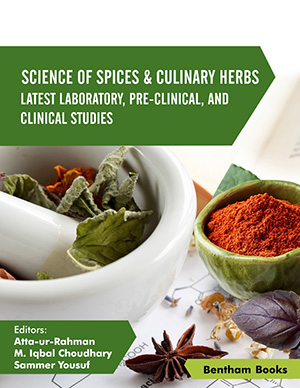Abstract
Tamarind (Tamarindus indica) is a highly valued multipurpose fruit tree indigenous to tropical Africa. T. indica is extensively used in traditional medicine and has been widely studied. Different authors have provided reviews on the various aspects of tamarind, with a focus on its traditional uses, ecology, phytochemistry and pharmacology. Limited studies on the preclinical and clinical aspects of tamarind have been explored in most reviews. Even less attention has been given to the use of tamarind as a spice or a culinary herb. This chapter reviews the health benefits of tamarind as a spice and a culinary herb. It also explores the choice of tamarind use over other spices and how it is utilized to improve people’s livelihoods. The ethnomedicinal uses of tamarind are supported with recent scientific evidence from preclinical and clinical studies. The threats to the sustainable use of tamarind, particularly environmental degradation, land conversion and climate change are discussed. We conclude by highlighting the conservation strategies that are currently being implemented to ensure sustainable utilization of tamarind.
Keywords: Conservation, Culinary herb, Economic potential, Ethnomedicinal, Preclinical and clinical, Spice, Tamarindus indica.






















